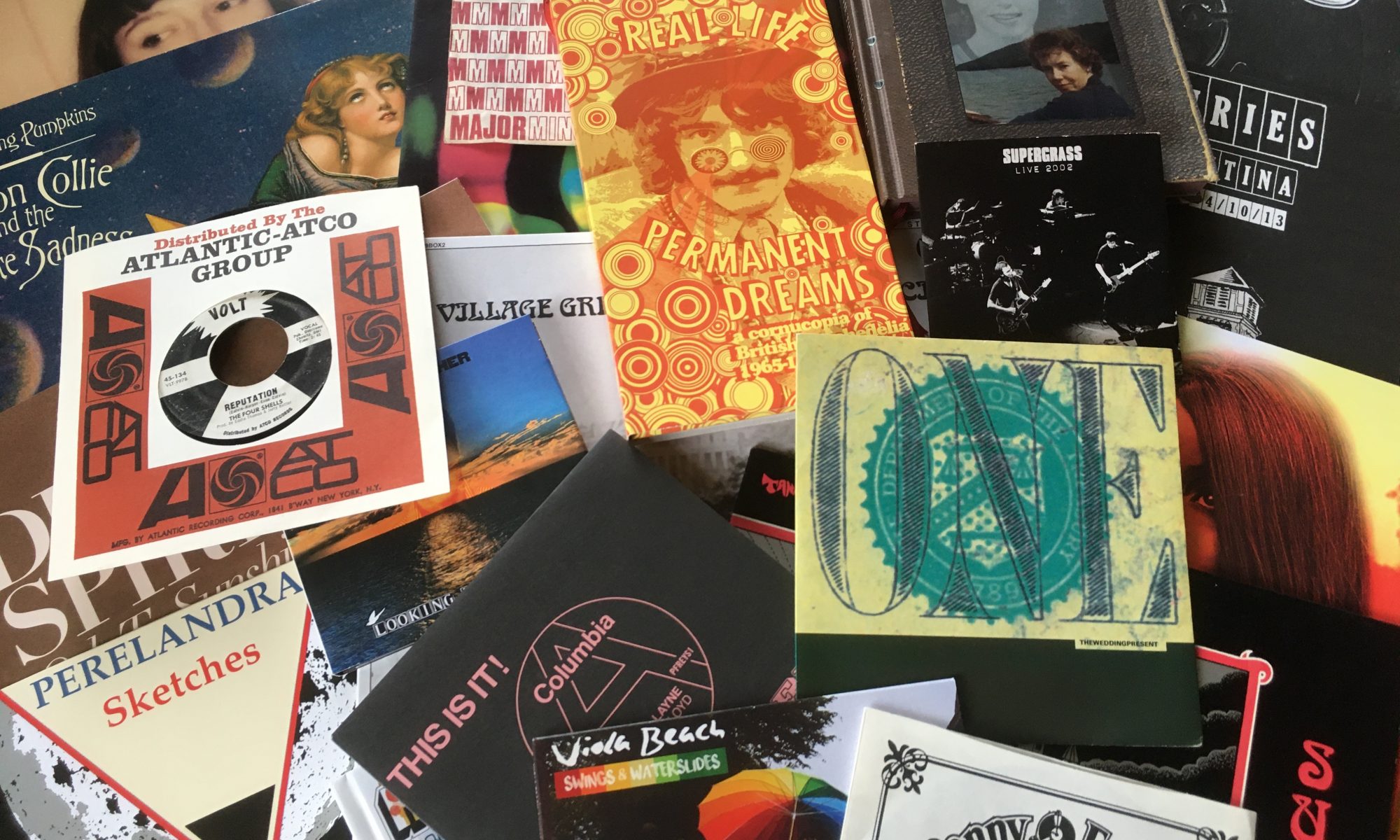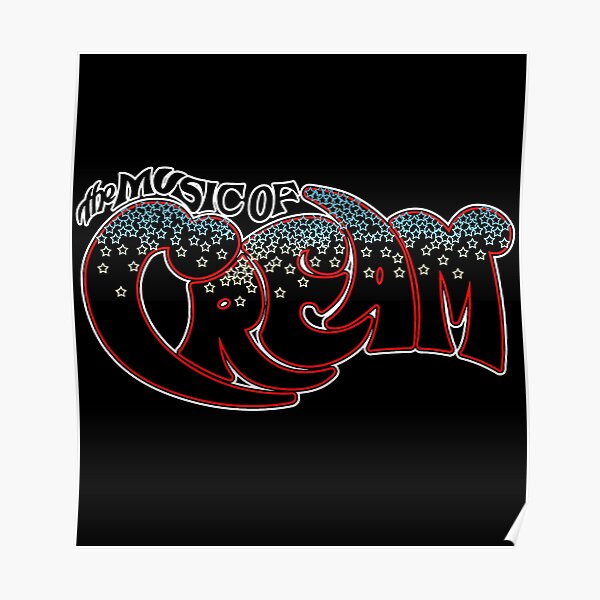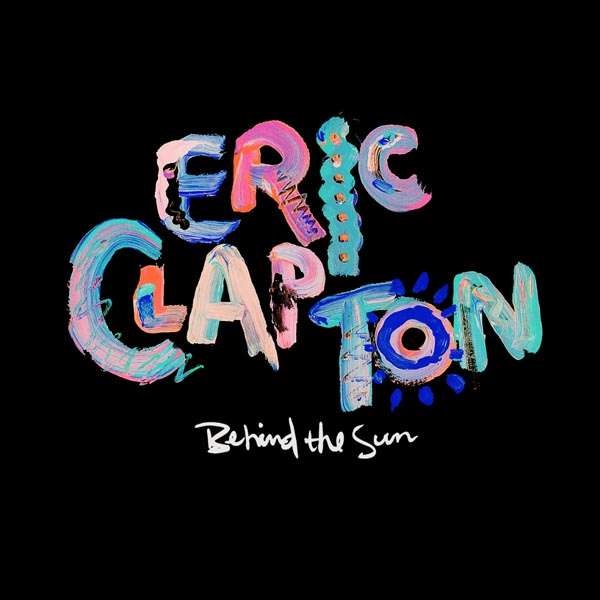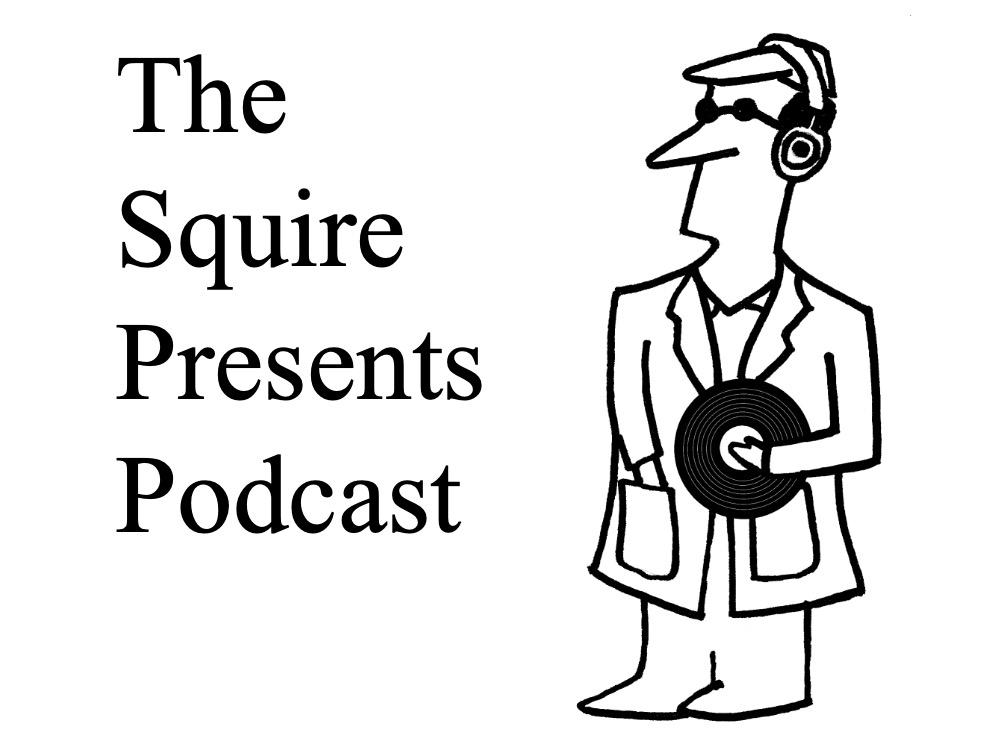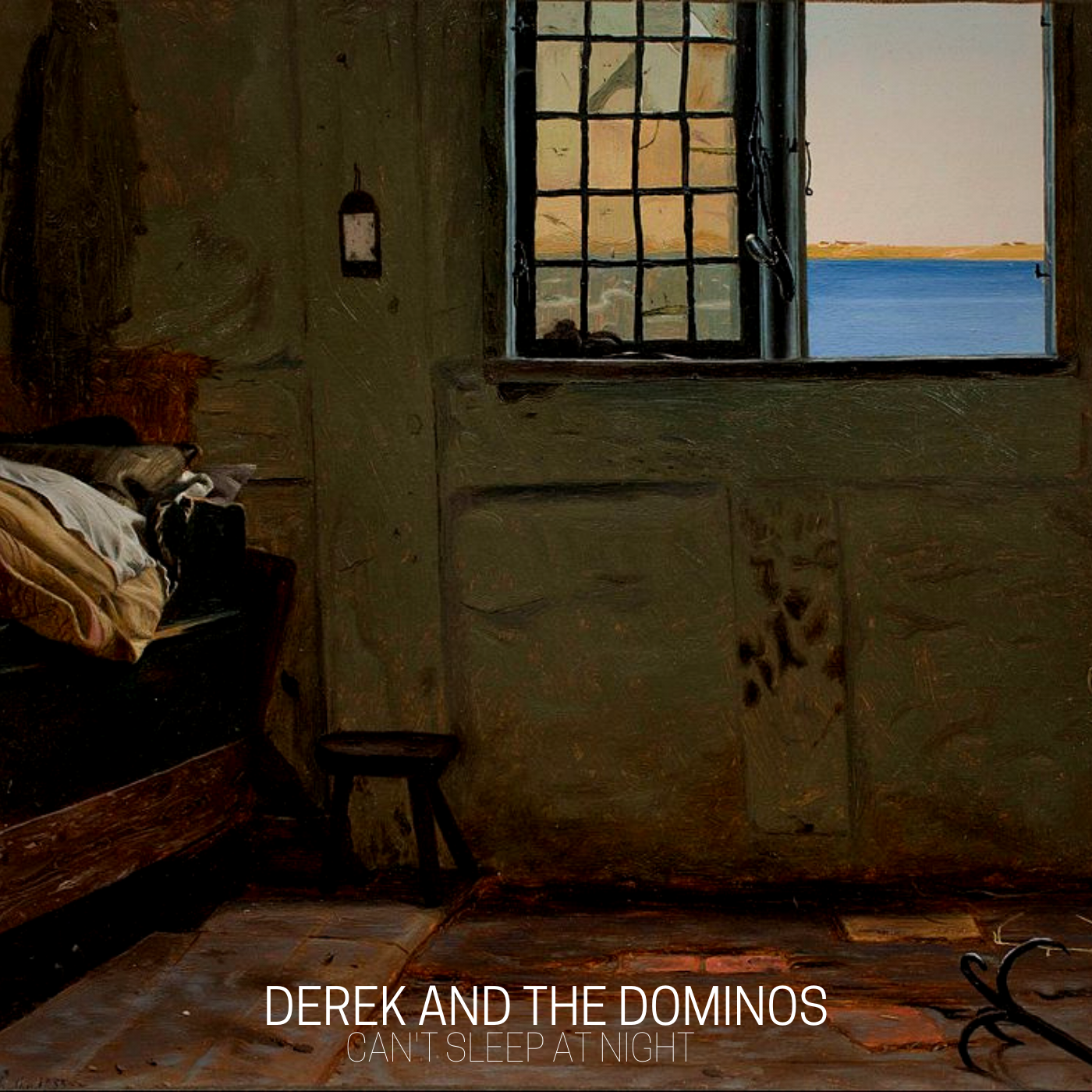
Back in March 2020, I put together a two disc version of Derek & the Dominos ‘Layla’ album in the style of a Deluxe Edition. The first disc contained the album as was released with the second containing outtakes from those sessions as well as the best (in my opinion) of what was recorded for their second LP, which was never finished. A brief story of the band can be found here as well as that playlist can be found here. https://www.thesquirepresents.co.uk/derek-the-dominos/.
I did consider putting together an attempt at the second Dominos LP, but so many other people have had a go and there was only so much material that has surfaced that is actually worth listening to. The sessions for the second Dominos LP were fraught to say the least. The band had set out on tour after completing the ‘Layla’ album, the results of which can be heard in numerous bootlegs as well as a couple of officially released albums. The officially released albums all contain songs recorded from the bands gig at the Filmore East. The band had consumed a good deal of drugs in the studio and would continue to do so on tour. Clapton’s personal life was also in turmoil due the death of his grandfather and his unrequited love for Patti Boyd, then wife of George Harrison. He would also lose friend Jimi Hendrix as well as Duane Allman, the man who had brought the ‘Layla’ session to life once he joined the band in the studio.
Keyboard player, Bobby Whitlock was also having issues with drummer Jim Gordon. On stage, Whitlock would be positioned in such a way that he was looking at Gordon, who mouth things to Whitlock about what he would like to do to him. Whitlock would say that Gordon ‘liked to swing both ways’. Whitlock had also signed a solo deal that would mean any new material as well as anything he had already written would be siphoned off for those. The Dominos backed him up on these albums but it would seem that the whole band did not play on any of the songs. Clapton even played bass on one of the recordings, something that he seems not have done before nor since.
By the time the band reconvened at Olympic Studios in Barnes, England, the magic had gone. Inter-band relations were be strained. The quality of the new material was not up to the standard of the first LP and Clapton was most probably missing a second guitar player to bring the best of him, much in the way Allman had done in the ‘Layla’ sessions. That is not to say that everything is not up to scratch. Anyway, things quickly started to fall apart with Jim Gordon seemingly being the instigator of it.
He wanted more song writing credits, and three of his songs were recorded in the sessions. None have seen the light officially as of June 2021. He was also displaying the first symptoms of as yet undiagnosed schizophrenia and this was shown on the sessions notes when the engineer wrote ‘what the fuck is he doing?’ The end of the band came about when Gordon spent an enormous amount of time tuning his drums. The atmosphere was already tense and this tuning exercise did nothing to cut the tension. Clapton, who was tuning his guitar, made some remark about the merits of another drummer which Gordon took exception to. An exchange of words took place which ended when Gordon said ‘would you like me to tune that thing for you?’, referring to Clapton’s guitar. More words were exchanged and Clapton let the studio saying that he would never work with Gordon again. He never did. It would also take him until 2000 to play with Whitlock again even though bass player Carl Radle was a member of Clapton’s band for most of the 1970s.
So, how to put together what could have been the second LP. ‘Layla’ was made up of nine original songs and five covers. When the band were recording the album, they were worried that they would not have enough material for a single album, let alone the double that it became. The covers and the extended run time of some of the songs helped up the run time. There is no need to try and emulate the double sided nature of that album. A single disc LP will have to do here.
The Dominos played a good number of songs live that were not recorded in the studio. One of these was a Whitlock original called ‘Country Life’, but as this appeared on his first solo album, I did not use this as it was recorded before the Dominos second album seasons had started. What does this leave me with. Well, there are four second album seasons that were released on the Crossroads Box Set back in 1988. They are ‘Evil’, ‘More More Chance’, ‘Mean Old Frisco’ and ‘Snake Lake Blues’. I went for these mixes instead of the 2010 versions as they are how I originally heard those songs. I decided to use the 2010 version of ‘Got To Get Better In A Little While’ because Whitlock was brought into the studio to finish the track off as he was not on the version released on the Crossroads set.
‘High’ was also recorded by the Dominos but it did not include any vocals. I have used the version from 1975’s ‘There’s One In Every Crowd’ which does, even though with the female backing vocalists, it is not quite how the original would have sounded. There is also room Jim Gordon original (‘Till I See You Again) , and another one could have been used as a B-Side if a single had been released from this album. If I was to chose it, ’Got To Get Better In A Little While’ would be the obvious choice. ‘Motherless Children’ was another songs the Dominos would play live but I have used the studio version taken from Clapton’s 1974 album, ‘461 Ocean Boulevard’.
The rest are covers from the band’s tour which I have decided the use these to make up for the shortfall in usable studio cuts. These are taken from ‘The Majestic Stand’ set and this includes a guest appearance from Delaney Bramlett. This gave Clapton a sparing partner to play off, which beefs up the sound and shows what the band could have sounded like if they had taken a second player out with them. In some respects, it follows the template that Clapton would follow with his solo work during the 70s. A smattering of originals padded out with covers.
This is nowhere near the classic album that ‘Layla’ is, but it does have its merits. The version of ‘Evil’ being a particular highlight. Some of the live recordings are not professionally recorded either so the sound quality is a bit of a mixed bag I am afraid.
Side A
- Motherless Children – 461 Ocean Boulevard
- All Night Long – The Majestic Stand**
- Everyday I Have The Blues – The Majestic Stand***
- One More Chance – Crossroads (1988 Box Set)
- ’Til I See You Again – Unreleased 2nd Album Session
- High – There’s One In Every Crowd
Side B
- Got To Get Better In A Little While – 2010 Version
- Evil – Crossroads (1988 Box Set)
- Ramblin’ On My Mind – The Majestic Stand*
- Stormy Monday – The Majestic Stand**
- Mean Old Frisco – Crossroads (1988 Box Set)
- Snake Lake Blues – Crossroads (1988 Box Set)
B-Side
It’s Hard To Find – Unreleased 2nd Album Sessions
*Concert at Electric Factory Theatre, Philadelphia (PA), United States. 16th October 1970
** Concert at Civic Auditorium, Santa Monica (CA), United States. 20th November 1970, 1st show with Delaney Bramlett (slide guitar)
***Concert at Civic Auditorium, Santa Monica (CA), United States. 20th November 1970, 2nd show with Delaney Bramlett (slide guitar)
The cover was taken from a forum discussing the second Dominos album. It uses a painting like ‘Layla’ but I am not sure how the person who produced this decided upon the title. Much like the album, the cover is nowhere near as memorable as the first LP but I must thank whoever made this for posting it.
